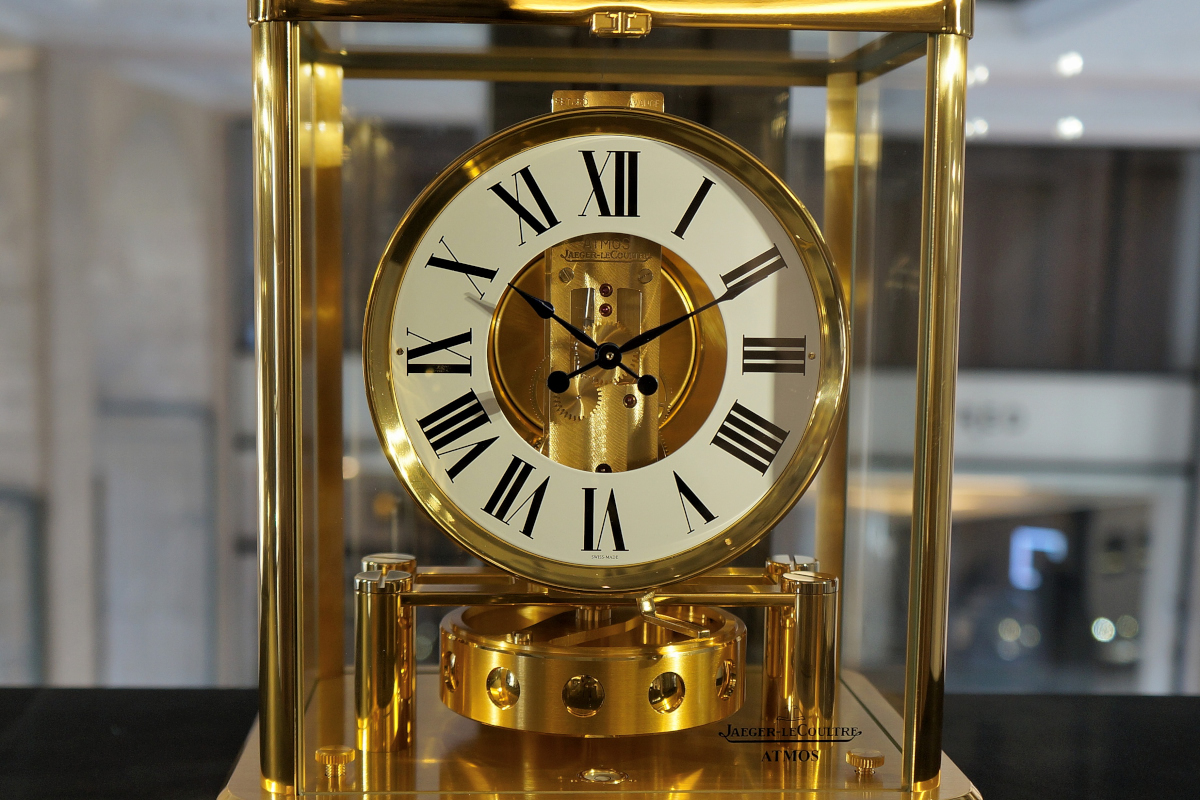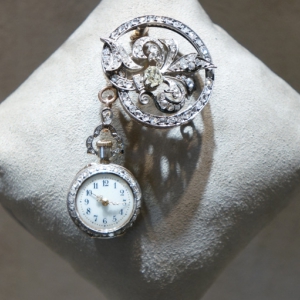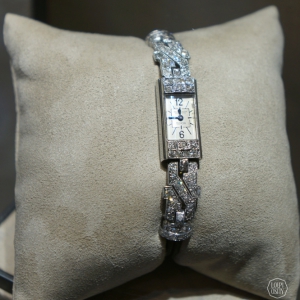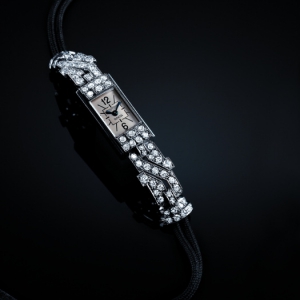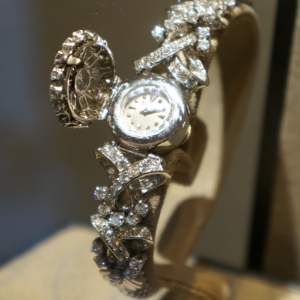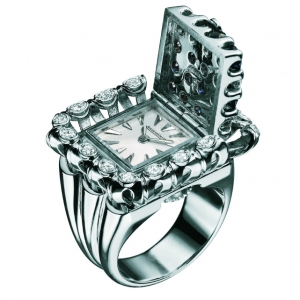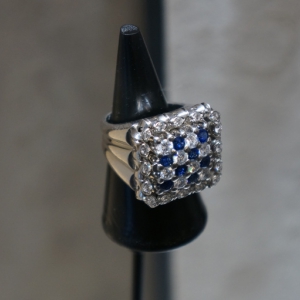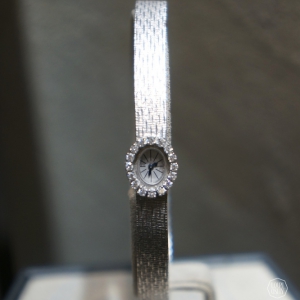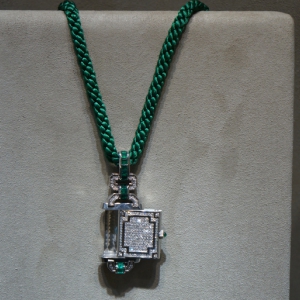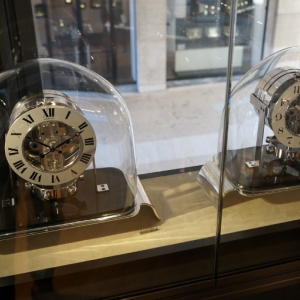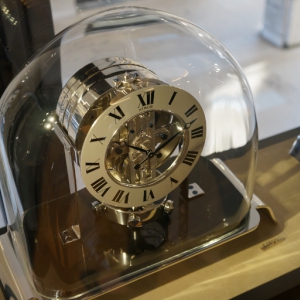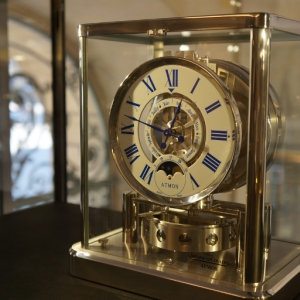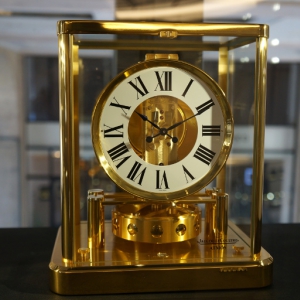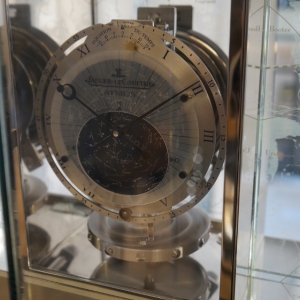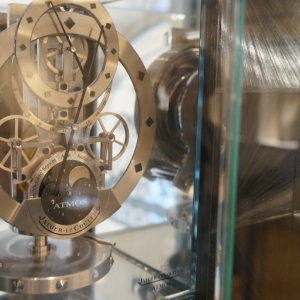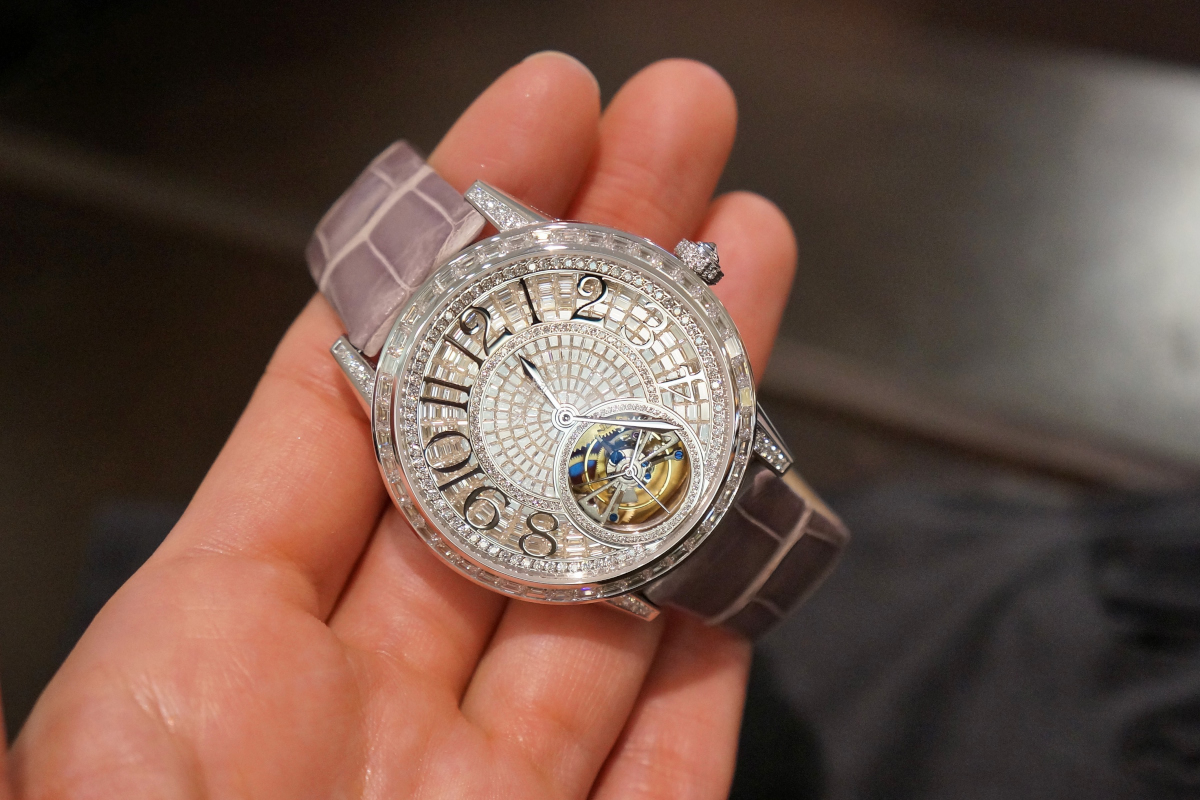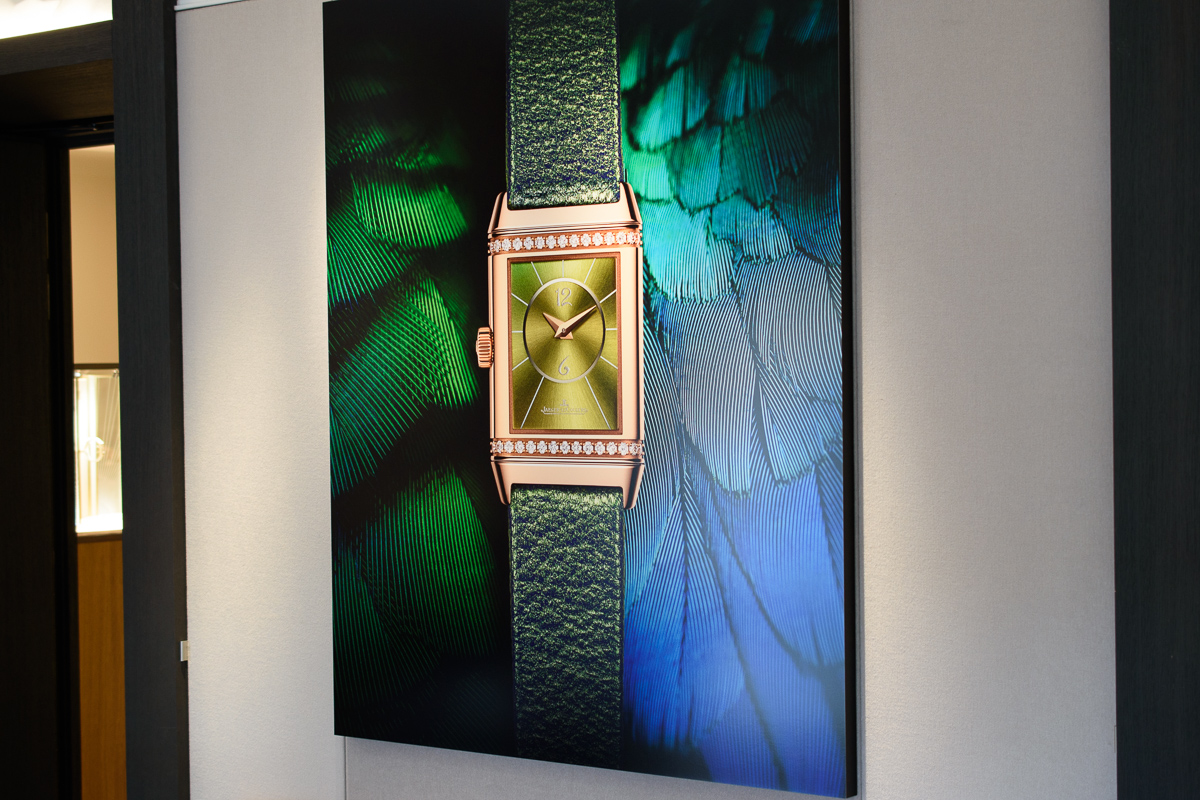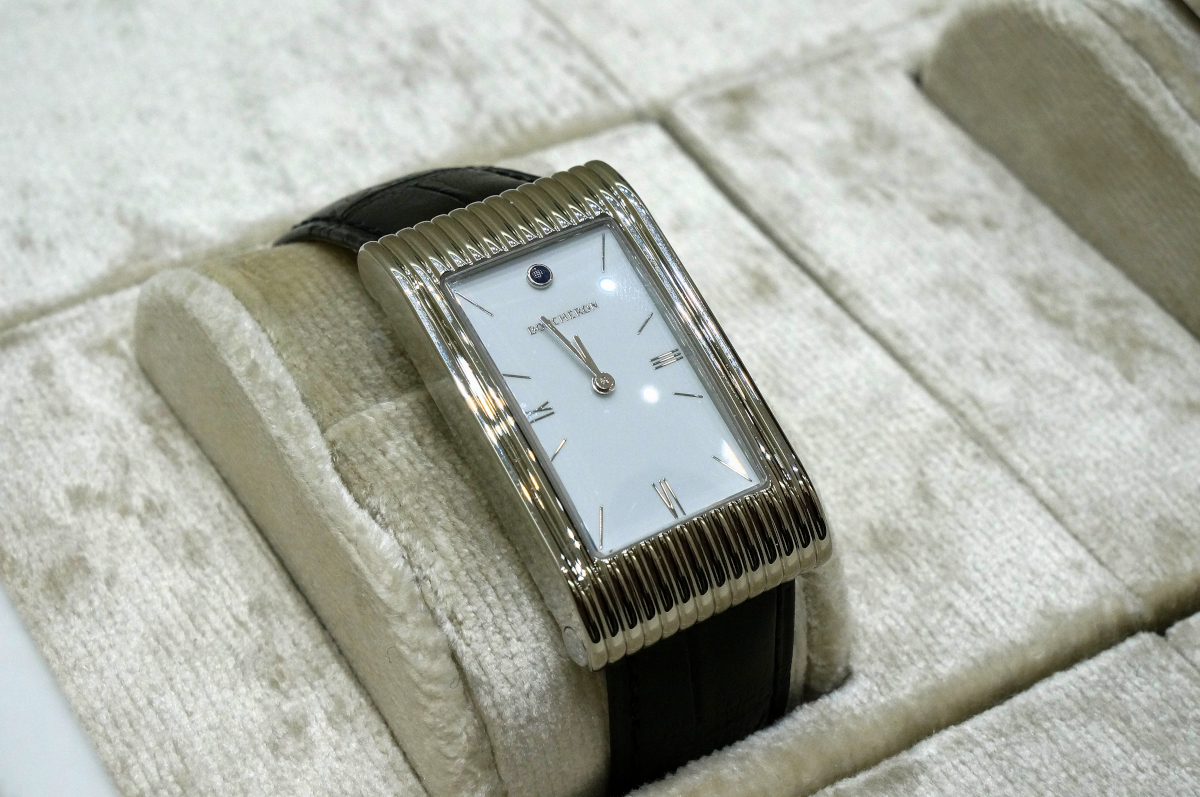Missed the Calibre 101, Reverso, Rendez-vous masterpieces? Read the previous article!
180 years is a long time, especially for a watch manufacture that has great respect for both technical innovations and artistic finishing. With more than 1200 different calibres and 398 registered patents, Jaeger-LeCoultre is a reference point in high-end watchmaking.
It is thus understandable that they place great emphasis on nurturing their heritage and showcasing the work of their talented employees. These professions have existed since the 17-18th century and the number of those who cultivate them is on the decline but the Grand Maison strives to perfect the methodologies in its workshops. The Jaeger-LeCoultre Heritage collection encompasses numerous pieces from the fields of haute horlogerie, engraving, enamelling, and gem-setting.
Heritage collection – high jewellery watches
We viewed some outstanding pieces from the latter field. Gem-setting is an interesting border area on the brink of fine watchmaking and high jewellery as a good gem-setter can create exceptional pieces in the decoration of both watches and jewellery. Their expertise must extend to several work processes: they must know the properties of individual gemstones, how they can be cut, and how their colour, lustre and sparkle can be highlighted. (Diamond cutting has a long history, while they experimented with numerous techniques and shapes, it was in 1919 that the most widely used brilliant cut was devised by a Belgian diamond expert Marcel Tolkowsky from Antwerp.) Gem-setters must be able to plan the location of every stone according to the design, and must be able to use a range of techniques to set the precious stones.
The company embarked on creating gem-set wristwatches at the onset of the 20th century; however the first pieces were more watches combined with brooches that could be pinned to a dress. The brooch-watch from 1900 is such a watch, in silver and 18K white gold, set with 225 brilliant-cut diamonds, 1 oval-cut diamond, 1 rose-cut diamond (approx. 3.9 carats). The dial is white; the hours are marked with little diamonds and deep blue numerals.
The Duoplan model was often adorned with gemstones in the 20s and 30s too. A Duoplan piece from 1937 in steel is set with 72 diamonds, with Calibre 403 is a typical geometrical Art Deco piece with harmonious shapes. Only the 12 and 6 are indicated with metallic blue numerals on the dial.
A nice example of the secret watches is a wristwatch with cover from 1955 which houses a Jaeger-LeCoultre Calibre 426. This is in fact a platinum bracelet with ribbon motifs, entirely set with diamonds of various cuts. A round motif can be opened, and reveals the watch.
The ring-watch from 1952 works according to the same principle. The lid of the watch – that is the top of the ring – is 950 platinum set with 24 diamonds and 8 sapphires.
The famous Calibre 101 can also be found in various designs in the Heritage collection, for example in the horizontal Joaillerie 101 from 1969, which is a 18-carat yellow gold model set with 98 diamonds or a white gold one with oval dial and diamonds.
Atmos
Every horlogerie-fanatic knows the Atmos. The original prototype was a piece from an engineer, Jean-Léon Reutter. This clock sources the energy required for its operation from the changes in temperature and atmospheric pressure (with a 1 Celsius temperature change it works for two full days), and can thus work without human intervention for years.
Photo credits: Jaeger-LeCoultre, Loupiosity.com.
All registered trademarks are property of their respective owners.
All rights reserved.

